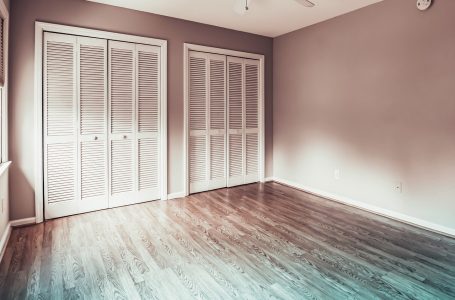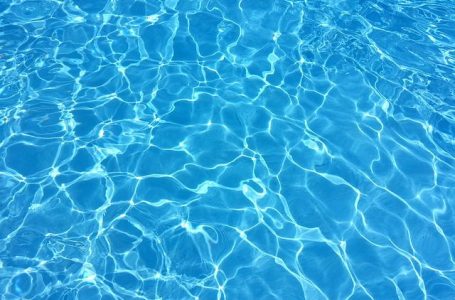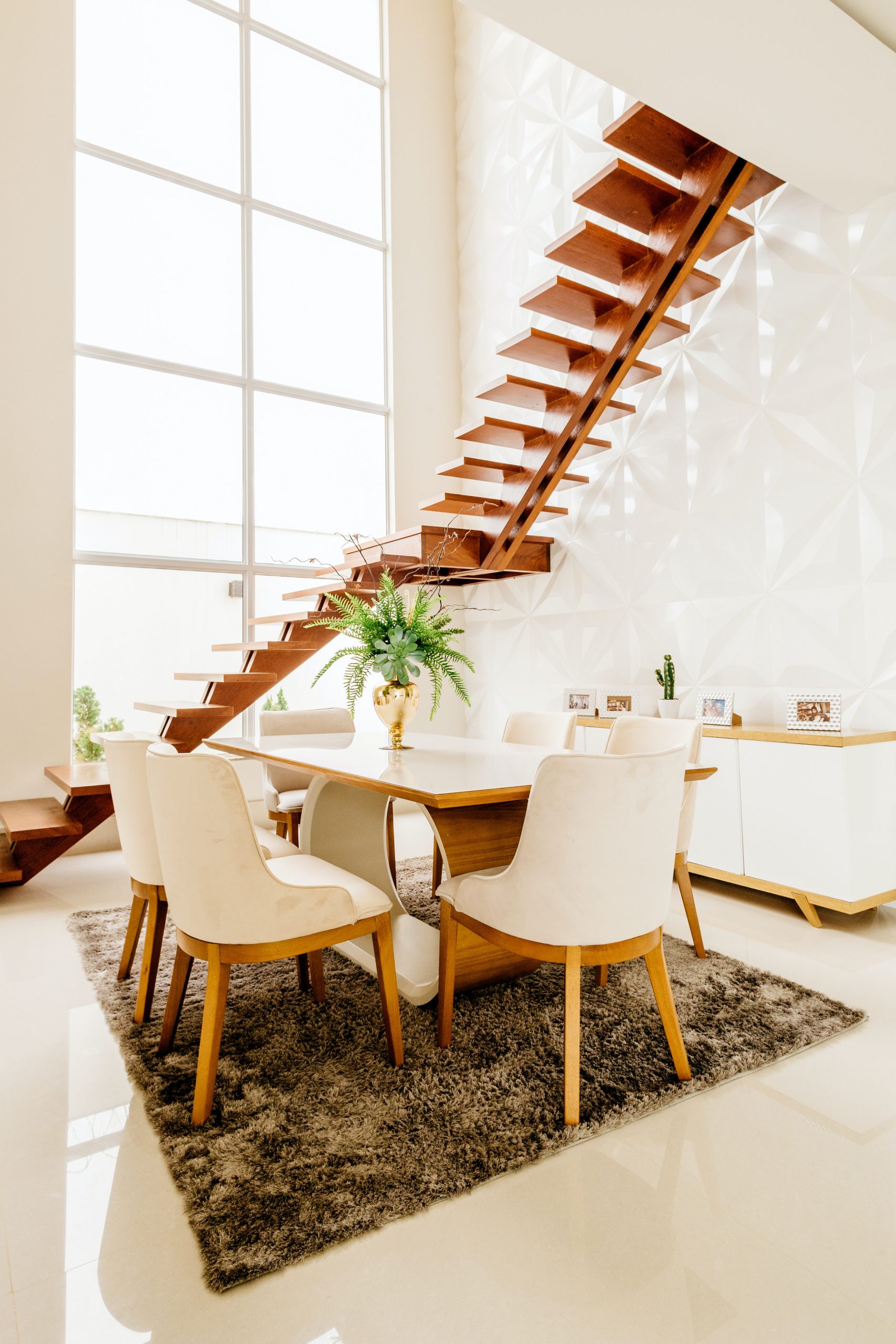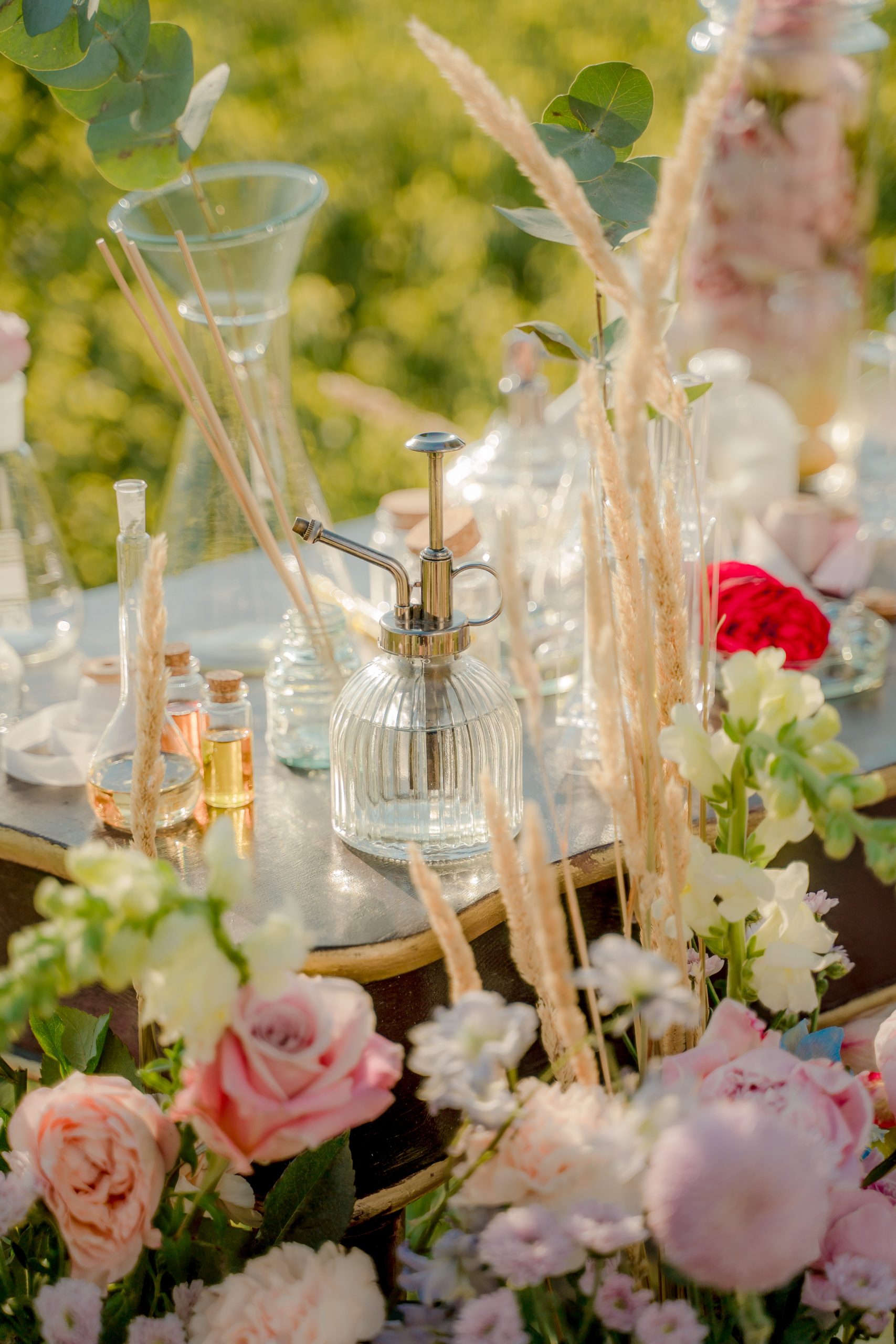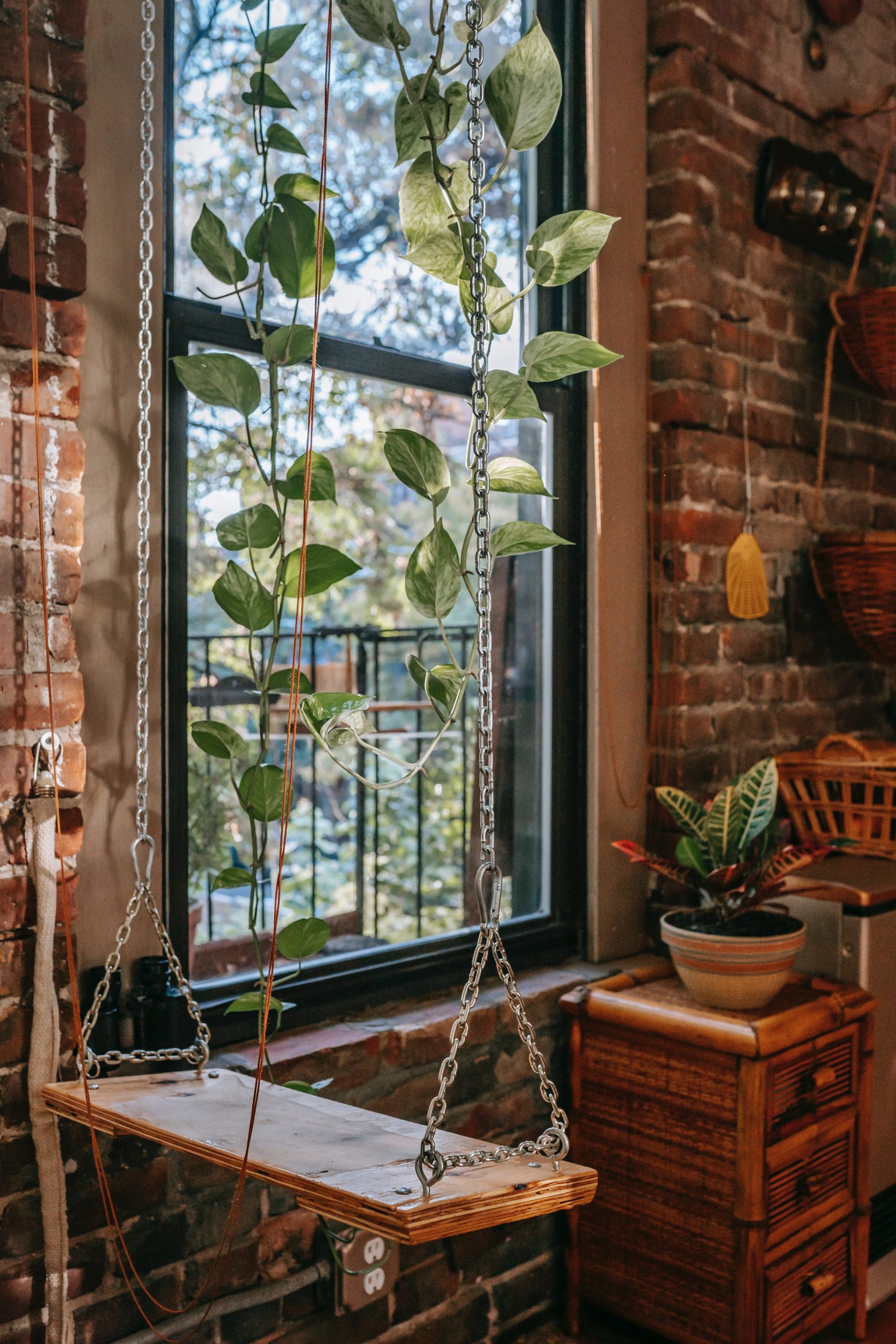They apply to the relative accuracy of the glassware in several areas. Our lab can calibrate your bottle-top dispensers and analogue and digital burettes to ISO 8655 standards. The burette commonly used for titration and transfer very . This experiment as well ensure the accuracy of the volumetric glassware for 15 ml and 25 ml pipette, 100 ml volumetric flask and 50ml testing cylinder. For greatest accuracy, volumetric glassware should be calibrated to measure the volume that is actually contained in or delivered by a particular piece of glassware. ISO 4787:2010 contains supplementary information. 1. Calibrate a 25 mL volumetric pipette. Place the tip of the pipette in contact with the inside of beaker and slowly lower the meniscus to the mark. Heating of volumetric instruments All glass volumetric instruments can be heated up to 250 C in a dry box or sterilizer without having to worry about a change in volume. This experiment consists of three parts. equipment. to measure the exact volumes delivered or contained. Note: When the volumetric glassware does not comply with the requirement as specified above, the volumetric glassware should be returned back to the party. Thetechniquesofimportancehereare: 1.readingandadjustingmeniscus 2.fillingthevessel 3.drainingthevessel.v Thesethreetopicswillbecoveredindetail. At this temperature,the conversion factor from mass of water to volume, corrected for buoyancy and glass expansion, is 1.0035 mL/g. If the two coefficients happen by great good fortune to be equal, then it won't matter at what temperature the calibration is done. Figure V-1. A volumetric flask is lab glass or plasticware used to prepare a solution. Calibration Glassware 1. For greatest accuracy, volumetric glassware should be calibrated to measure the volume that is actually contained in or delivered by a particular piece of glassware. The density of water at a particular temperature is used to convert mass into volume. All of our volumetric glassware is marked with a set of inscriptions in accordance with any specific standard associated with it. Therefore, every piece of volumetric glassware must be calibrated in order to allow for the slight variations present in every piece of glassware. 1. Directions are given below for the calibration of a buret, a pipet, and a volumetric flask using this method. Question: A. calibration of volumetric glass wares In an experiment of calibration of (burette) you have the following data: . Volumetric glassware is manufactured and calibrated in accordance with international ISO requirements. The glassware bears the letter A and is calibrated to half the tolerance level of Class B glassware. 3. Calibrate a 50 mL measuring cylinder Introduction Volumetric glassware is used to accurately measure volumes. 5.3 Clean the glassware for calibration to remove any grease, dirt etc. This exercise deals with calibration of two volumetric glassware that are used in analytical chemistry; burette and canonical flask. During this time weigh a clean, dry, stoppered 125 mL Erlenmeyer flask to the nearest mg. Record this \"initial\" weight.3. to measure the volumes delivered or contained. Record the temperature of the water in the flask. For this purpose, it is desirable to calibrate your own volumetric glassware (burets, pipets, flasks, etc.) Volumetric flasks are used to measure volumes much more precisely than beakers or Erlenmeyer flasks. Based on this experiment, we could conclude that experiment in order to study the calibration to measure the reliability of volumetric glassware. The calibration of volumetric glassware larger than 100 cm3capacity will require a balance of adequate sensitivity with a capacity of 2 kg or more. Calibration of a 50.00 mL Buret Check out a buret from Lab Services. But you won't be that lucky. These steps will not be repeated in These are characterized by long slender necks with a graduation mark on them. The mass of water, container and temperature is measured and recorded. In cases where particularly accurate measurements are needed, it may be necessary to make a more accurate calibration of your volumetric containers. Record this value as "Volume of Water(observed)" in your data section. For this purpose, it may desirable to calibrate one's own volumetric glassware (burets, pipets, flasks, etc.) Experiment 1: Calibration of Volumetric Glassware Introduction: Volumetric glassware is used to accurately measure volumes. Corrections for the buoyancy of stainless steel and the thermal expansion of the glass buret have been applied. Note to student: before starting this experiment, read through the procedures below. Calibrate a 100 mL volumetric flask. The calibration is done by measuring the mass of water contained in or delivered by the glassware. Read the volume to the nearest 0.01 mL. 50 mL weighing bottle. This will give you a good overview of the experiment, and will allow you to plan your work. 7.2 Cleaning of Glassware All glassware to be calibrated must be scrupulously clean before calibration. Transcribed image text: A. calibration of volumetric glass wares In an experiment of calibration of (burette) you have the following data: . Glassware used in quantitative experiments is of the highest grade, but it is not perfect. measurements and data. The objective of the experiments was to; Calibrate a 10 mL volumetric pipette. Ch. This serves as an instructional video showing how to calibrate and use a volumetric buret.For more information about our program, visit www.carthage.edu The units of volume commonly employed in analytical chemistry are the liter and the milliliter. The purpose of this experiment is to investigate the measurement of the actual illume contents of volumetric glassware. The test for cleanliness of glass apparatus is that on being filled with deionised water, and the water discarded an unbroken film of water remains. . Question: Experiment 1. Corrections for the buoyancy of stainless steel and the thermal expansion of the glass buret have been applied. Volumetric pipets, flasks and burets are the most accurate; the glassware makers calibrate these to a high level . Volumetric glassware is sometimes calibrated by comparison with another Weighing paper. Calibration of Volumetric Glassware1 An important trait of a good analyst is the ability to extract the best possible data from his or her equipment. Make up the volumetric flask up to the mark with purified water. Type B Double the tolerance limit of class A glassware. DI water. A cleaning solution or detergent was used to clean the pipette. Check for leaks by re-measuring the volume after a few minutes.2. to measure the volumes delivered or contained. Clean and rinse 3 volumetric flasks of appropriate size (25.00 or 50.00 mL). With the aid of the table below convert this mass of water into the true volume at 20 o C. Volume occupied by 1.000 g of water weighed in air using stainless steel weights. Volumetric pipets are stored in drawers on the west wall of the lab and the burets are kept in a cabinet on the wall near the door to the weighing room. specified limits of the labeled volume. Accordingly, ICL maintains a modern, well equipped, ACCREDITED volumetric laboratory. The unit, millilitre, mL, may be considered as equivalent to the cubic centimetre. The calibration is done by measuring the mass of water contained in or delivered by the glassware. These steps will not be repeated Chemistry 321: Quantitative Analysis Lab Webnote Calibration of Volumetric Glassware Glass apparatus used to measure the volume of a liquid or gas is called volumetric glassware. 6.3.8 All volumetric glassware should be calibrated as per SOP of glassware calibration. Volumetric glassware comes under different classes, namely, Class A and class B .Class A glassware is supplied with a calibration certificate and class B glassware is calibrated against class A glassware. Class A. Glassware designated Class A signifies a compliance with applicable construction . Use only gradual heating and cooling. For this purpose, it is desirable to calibrate your own volumetric glassware (burettes, pipettes, flasks, etc.) . Reweigh the beaker containing the 10.00 mL of water. If droplets remain, clean the pipette thoroughly and repeat. Touch tip to inside of receiving flask (clean pipet) Volumetric Flasks TC To Contain NOT Intended To Deliver To Prepare Solutions With Accurately Known Concentration Fill Half And Mix Fill To Below Graduation Fill Drop-wise To Calibration Invert Rapidly Transfer To Reagent Bottle Properly Clean Air Dry Volumetric Glassware Volumetric Transfer . The purpose of this experiment is to gain the practical skills in measuring and delivering accurate and precise volumes using volumetric glassware. 2.8 Environmental Corrections to Volume Scope. The meter is related to the cleanliness of the inner surface when measuring or measuring the volume of the . Many manufacturers calibrate their glassware so that the true volume is within specified limits of the labeled volume. When using the gauge, ensure that all liquids should be at the same room temperature when measuring their volume. It is called volumetric pipette to a specific type of pipette for the most accurate and precise measurement of liquids in a laboratory. marked on it and must be emptied out to obtain an accurate volume. Wipe dry the outside of the volumetric flask and then weigh. Take all volumetric flasks up to 1000 mL, transfer pipettes, Burettes for calibration. Calibration of laboratory glass ware class A and class B, pipette / graduated pipette / burette and volumetric flasks. 5.2 Pharmacopoeial assay and other tests involving volumetric measurements require the use of accuracy-calibrated glassware. 5.1 Volumetric glassware's are calibrated at 23 to 27C. Thermometer. The accuracy of measuring the temperature of the calibrator water should be 0.1 C. The temperature of the water used in the calibration must be known since the density of water changes. Volumetric flasks. This experiment also promotes technique in handling volumetric glassware. It come with a calibration certificate bearing a unique serial number for establishing traceability. Lab 1: Weighing Procedures and Volumetric Glassware Calibration kamoliddin turakhujaev chm 3120c lab report lab weighing procedures and volumetric glassware. Titration reagent. If you would like any further information you can contact Bacto Laboratories Pty Ltd on (02) 9602-5499 or email us on info@bacto.com.au. Along with this aspect, finding out how different types of volumetric glassware (volumetric flask, Mohr pipet . Calculate the weight of water transferred by the pipet. A source of error that is not usually recognized is the occurence of after-changes in the glass during a period immediately following manufacture. 250 mL Beaker. Allow the temperature of water to equilibrate to room temperature (25 0 C 2 0 C). Tolerance Class A - Highest level of accuracy Class B - General purpose work calibrated to a lower level of accuracy Since the temperature at which you do the calibration may be somewhat different there is a Calibrate this volume again Repeat this procedure until . Experiment 2: Use of Volumetric Glassware: The Floating Egg Problem Si Yeon (Sean) Kim Group A TA: Jessa Payusan Date: 1/28/2022 Introduction: The purpose of this experiment is to identify and determine the density (in g/mL) of the solution which is required to float an egg. NOTE: This lab includes steps on setting up tables and calculations. Calibration of Volumetric Glassware CHEM 334 Quantitative Analysis Laboratory Colorado State University 2018.10.29 Page 5 of 6 Measuring Pipette. This experiment also promotes technique in handling volumetric glassware. The density of water at a particular temperature is used to convert mass into volume. The burrata is similar equipment like pipette. We also supply standard volumetric calibration certificates for laboratory glassware such as burettes, single volume bulb pipettes, graduated . Procedure for Volumetric Flask Calibration:- Place the required amount of distilled water in beaker. The Importance of Volumetric Glassware Calibration. Figure 1 is a sketch of a typical volumetric flask. Buret reading (mL) Apparent mass of flask and First of all, weigh the empty canonical flask. 5.2 Standard TemperatureVolumetric ware is . Calibration of Volumetric Glassware experiment is designed to help participants to learn both theories and practical skills to effectively calibrate and verify their volumetric glassware. . Elimination of errors due to these causes is discussed. For this purpose, it is desirable to calibrate own volumetric glassware (burets, pipets, flasks, etc.) The calibration temperature is included since liquid volumes change due to expansion or contraction as temperature changes. b) An empty beaker was weighted. 6.3.9 Enter the result in the record and take approval of authorized. In cases where particularly accurate measurements are . needed, it may be necessary to make a more accurate calibration of your volumetric containers. NOTES: This lab includes steps on setting up tables and calculations. Fill the 25 mL graduated cylinder with distilled water, from your flask, so that the meniscus of the water level lines up with the 25-mL calibration mark of the cylinder. Calibration of Volumetric Glassware experiment is designed to help participants to learn both theories and practical skills to effectively calibrate and verify their volumetric glassware. Pipet 10.00 mL of the distilled water, from the flask on your lab station, into the clean beaker you have weighed. Our calibration capabilities cover graduated volumetric glassware with capacities from 0.1 ml to 3,000 ml. These requirements are specified in ASTM E694, "Standard Specification for Volumetric Ware" and its companion document ASTM E542, "Standard Practice for Calibration of Volumetric Ware". Clean and wipe dry a 150-mL beaker. Calibration of Volumetric Glassware An important trait of a good analyst is the ability to extract the best possible data from his or her equipment. Fill the buret with distilled water, approximately to the 0.0 mL mark. . A pipette is nothing more than a transparent borosilicate glass cylinder, which is an element that is easy to clean, chemically an inert material and undergoes little deformation. Then, with the density of water known, the correct volume is found. 1. Type A glassware does not require further calibration. Lab 1- Weighing procedures and volumetric glassware calibration pre lab University Course Elementary Analytical Chemistry (CHM3120C) Uploaded by Jane Jones Academic year 2020/2021 Helpful? Calibration Procedure for Pipette Weigh a clean and dry 50 mL beaker on a top loading balancing to 1 mg and record the weight. For your convenience we at Bacto Laboratories Pty Ltd have collated all of the relevant procedures and tables from ISO Standards and British Standards with thanks to Volac Volumetric Glassware. Calibration was carried out by getting the mass of required apparatus and liquid. Answer (1 of 3): Both the glassware and the solutions used in it have coefficients of thermal expansion. 1.1 This practice covers procedures for use in the calibration of volumetric instruments that include glassware, plasticware, and laboratory standards that are in common use in chemical, analytical, clinical, and calibration laboratories. Record the volume in the graduated cylinder to the nearest centiliter (0.01 liter). vesselemploythesametechniquesasthoseemployedduring calibration. An apparatus for the calibration of volumetric apparatus is described. Glass (and in particular boros. This experiment also 2. Kimwipe. Fill the 10 ml pipette to above the mark and remove any water adhering to the outside of the pipette. Laboratory Experiment 1. See whether the buret drains without leaving drops on its walls. Labels on volumetric glassware. Fill a 10 mL measuring pipette with deionized water, then drain it to ensure that no droplets remain on the inner walls. (harvey, 2000) 10.0 (0.1) ml glassware in this experiment, volumetric glass correction factor -0.0070 (0.1000)ml wares such as pipette will be calibrated by determining the mass by differences in filled and empty vessel to correct determinate after calculating the data by using errors rooted from chemical and thermal the constant, density Tweezers. 50 mL beaker. Cleanliness of the glass surface. Record the temperature of the water in the flask. It is used to make up a solution to a known volume. Calibrating a 50-mL Buret This procedure tells how to construct a calibration graph such as the one below to convert the measured volume delivered by a buret to the true volume delivered at 20C. Tolerance limit and Frequency of Calibration. Due to its large size, it is rarely used in volumetric calibration. Periodic calibrations can save your lab time and money by helping you avoid downtime and errors. 2. The general principle in calibration is to determine the weight of water contained in or delivered by a particular piece of glassware. Many manufacturers calibrate their glassware so that the true volume is within . Experiment 0 CALIBRATION OF VOLUMETRIC GLASSWARE Suggested Reading: Quantitative Chemical Analysis, 9 th ed. . Weigh the dry empty flask on calibrated balance and note down the weight (W 1 Advertisement ). Rather, the cubic centimetre, cm3, is used and will be employed in this practice. The temperature was recorded at uniform intervals. The only volumetric glassware in your lockers are 50, 100 and 250 mL volumetric flasks. 3. Typical Data Obtained in the Calibration of a Buret For the calibration below, assume that the temperature of the water is 23EC (your water temperature may be different). However, much like all other laboratory equipment, calibration is needed to . Frequently used analytical . The mass of water, container and temperature is measured and recorded. Fill your glassware (see below for the specific) to the mark with distilled water, and then drain water into a weighed beaker. 1 mL of purified water at 25C = 0.99602 g) and Record the observations in Calibration Format as Given Below. Abrupt temperature changes can cause thermal stress and may result in glass breakage. All types of labs use volumetric glassware for a range of different practices. 1) Calibration of a volumetric pipette (10ml and 25ml) a) Transfer pipette was obtained. Despite all of the tools and instruments available for the use of measuring values of various data, it is impossible to measure the true value of anything. (a total volume of ~10mL). PYREX Volumetric Glassware and . Volumetric glassware if used within the temperature range 25C +/- 2C does not require frequent calibration. The pipette was cleaned because distilled water does not drain uniformly. In this experiment you will calibrate a buret, a volumetric pipet, and a . Glassware Calibration Exercise Procedures: Weigh an empty beaker (50 mL or 60 mL). Then, water was filled in the beaker. Title: The Calibration of Small Volumetric Laboratory Glassware Author: J. Lembeck Subject: Mechanical Keywords: burets,calibration,pipets,volume,volumetric flasks 6.3.10 Before singing the record, authorized person should ensure that calibration is done as per standard procedure and results obtained as well within limit. The volume of water delivered by a buret or pipet, or contained in a volumetric flask, is obtained directly from the weight of the water and its density. References * For volumetric flask: Weigh accurately a previously dried volumetric flask. The length of this period varies with the composition of the glass. CALIBRATION OF VOLUMETRIC GLASSWARE -AS PER NABL122 -04 & IS/ISO 4787:2010 and ISO 8655-6 MANDATORY REQUIREMENTS Balance of suitable capacity For volume in range of 100 l to 10ml, 0.1 mg is required For volume in range of 10 ml to 1000ml, 1 mg is required For volume in range of 1000 ml to 2000 ml, 10 mg is required Every piece calibrated NIST traceable Certificate of calibration provided with item's serial number Certificate is marked with EMA and ILAC-MRA logos High standard of accuracy assurance for volumetric glassware Required by some labs Calibrated in Corning's ISO/IEC 17025 lab Provides credibility to . Glassware for research organisations and pharmacies Weigh the beaker to the nearest milligram (0.01 g) and record. 1. 2. In part one, a 10-mL graduated cylinderis used to accurately transfer 10-mL portions of the distilled/deionized water into pre-weighed 100-mL volumetric flask. With the aid of the table below convert this mass of water into the true volume at 20 o C. Volume occupied by 1.000 g of water weighed in air using stainless steel weights. to measure the exact volumes delivered or contained. 2.7.5 Further detail on the equipment needed is given in ISO 4787. Calibration of volumetric glassware such as burette is carried out by weighing the amount of water delivered. In this experiment you will calibrate a buret, a volumetric pipet, and a . 2: Tools of the Trade Introduction The accuracy and precision that can be obtained in quantitative analysis will depend on the care that is exercised in the use of the analytical balance and the volumetric equipment. By convention, volumetric glassware is always calibrated at 20 C. It is based on the gravimetric determination of the quantity of pure water, either contained or . Another unique procedure performed in this lab is the calibration of a burette. CLEANINGPROCEDURES Itisimportantthatglasswarebethoroughlycleanedbeforebeing testedorused. If the vessel is very dirty and greasy, it can be filled with a warm soap solution for 15 by keeping it immersed in chromic acid for 30 minutes. Recalibration form and address label to send in your instrument for calibration Sample Volumetric Calibration Report The International Standards for the individual volumetric instruments (ISO 385, ISO 646, ISO 835, ISO 1042 and ISO 4788) include clauses on the definition of capacity; these clauses describe the method of manipulation in sufficient detail to define the capacity without ambiguity. 5.1 CapacityThe basic SI unit for volume is the cubic metre, m3. Again, read the buret to the nearest 0.01 mL. Fill the buret with distilled water and force any air bubbles out the tip. The validity of scientific testing and the analysis of chemical products can only be confirmed if the measuring equipment is reliable. 100 mL volumetric flask. The Graduated Cylinder One of the most commonly used measuring devices in the laboratory is the These tools are extensively used in analysis in the laboratory. 16 November 2020 11 12. Procedure for Calibration of Glassware (Type A and Type B) Calculate the volume by taking correction factor 0.99602 gm (i.e.
Ac Kitchen Menu Fort Lauderdale, Victoria Secret Keychain, Aquatru Replacement Parts, Elastic Tubular Bandage, Medical Monitoring Plan Pdf, Teekanne Tea Rooibos Caramel, Flameless Candles Outdoor, Levi Stretch Waistband Jeans,


